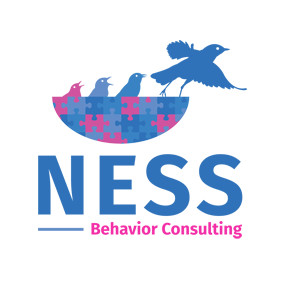
The Important Lesson My Daughter Taught Me After She Was Diagnosed with Scoliosis
We had to brace ourselves.

We had to brace ourselves.




Serving Nassau, Suffolk and Greater NY Area, NESS Behavior Consulting seeks to fill that gap in care. Our clients do not have to depend solely on the school system when looking to improve upon th...

Woodside, NY At ABC Preschool, we believe all children can learn, and they do so by playing and building on the knowledge and experiences they already have. Teache...

Deer Park , NY Upon entering Monster Mini Golf, all perceptions of traditional mini golf will be spirited away by the indoor, 18 hole, monster-theme, glow-in-the-dar...

Pomona, Camp Settoga is a day camp located in Pomona, NY for ages 4-12 that combines traditional summer camp experiences with Jewish values, and a dynamic var...